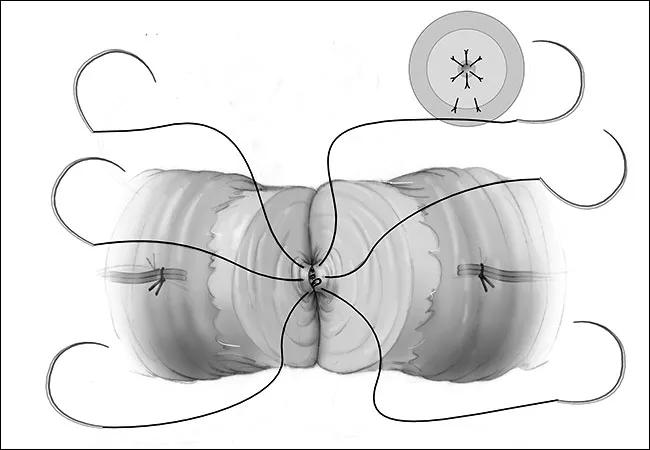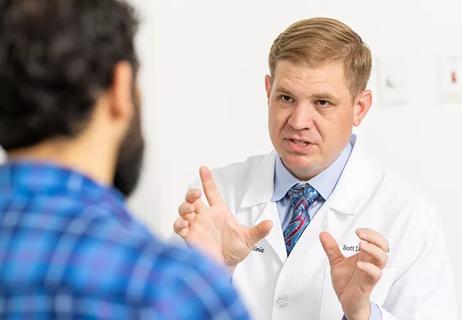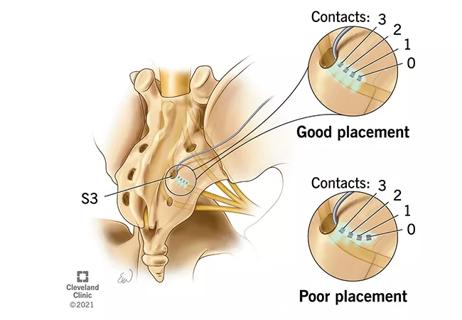Half of couples can conceive within 1.3 years after surgery

Couples who seek pregnancy after vasectomy reversal may have better odds than previously thought, according to results of a recent study in the journal Fertility and Sterility.
Cleveland Clinic is a non-profit academic medical center. Advertising on our site helps support our mission. We do not endorse non-Cleveland Clinic products or services. Policy
Furthermore, the study showed that many measures used in male fertility analysis—including the length of time between vasectomy and reversal, semen volume after reversal, sperm shape, and several vasal fluid qualities—appear to have minimal relevance in whether couples can achieve a spontaneous pregnancy after vasectomy reversal.
The retrospective case-controlled study, Vasectomy Reversal Semen Analysis: New Reference Ranges Predict Pregnancy, was led by Cleveland Clinic Chief of Urology, Edmund Sabanegh, MD. Published this year in the journal Fertility and Sterility, the study represents the first successful attempt to establish reliable reference ranges for the likelihood of spontaneous pregnancy after vasectomy reversal.
Results show that couples wanting a pregnancy after vasectomy reversal have similar chances as the general population—even when the male partner has a sperm count of about 4 million per milliliter (one-fifth of the lowest threshold to be considered fertile under World Health Organization guidelines for all men).
“This is good news for couples wanting a pregnancy after vasectomy reversal,” says Dr. Sabanegh. “Based on the findings from this study, we recommend physicians delay fertility therapies and/or medications, and instead encourage patience and persistence, even when sperm counts may appear lower than normal.”
Specifically, the lowest fifth percentile values required to establish spontaneous pregnancy after vasectomy reversal were a semen volume of 0.74 mL, sperm concentration of 3.56 million per mL, 4.45 percent total motility, total motile sperm concentration of 0.58 million, and 0 percent normal morphology.
For reference, WHO guidelines for male fertility among the general population, which includes men who have never undergone vasectomy, cites a semen volume of 1.5 ml, sperm concentration of 15 million per ml, 40 percent total motility, and 4 percent normal forms.
“More than anything else, the very presence of sperm in semen was the best indicator of pregnancy,” says Dr. Sabanegh.

Illustration of the multilayer vasovasostomy vasectomy reversal technique.
Surgical technique at the time of original vasectomy mattered, too, with bilateral vasovasostomy accounting for 92.8 percent of patients in this study who conceived after reversal.
Among the more important messages of this study is that a greater number of couples seeking pregnancy after vasectomy reversal may be able to avoid the physical, emotional and financial burdens of fertility treatments, Dr. Sabanegh points out.
These would include hormone therapies and assisted reproductive technology techniques, notably in vitro fertilization.
The study included 171 patients who underwent vasectomy reversal at Cleveland Clinic, 139 of whom had complete records that included pregnancy data. Only those with a known postoperative spontaneous pregnancy outcome, defined by an hCG urine or blood test, within 18 months were included.
“Despite the limitations of this study—in particular its limited timeframe of 18 months and relatively small patient population—we believe there is an opportunity to establish meaningful and statistically significant reference ranges specifically for couples wanting another child after vasectomy,” says Dr. Sabanegh.
Moving forward, the team would like to include larger patient cohorts to establish greater statistical power, in addition to evaluating men and couples from various regions around the world.
Longer follow up periods may also reveal additional information for pregnancy potential, as previous longitudinal studies of vasectomy reversal have shown a trend toward increased sperm counts over time, especially in patients receiving vasoepididymostomy.
Whether those increased sperm counts have any relevance in potential for pregnancy over time would be a question that could have significant impact for how physicians counsel their patients and when the appropriate time might be to consider fertility therapies.

Review the advantages and disadvantages of newer interventions

Pioneering and refining the approach in pyeloplasty, nephrectomy and more

Unlike earlier pills, new drugs do not cause liver toxicity

Male factors play a role in about half of all infertility cases, yet men often are not evaluated

Hadley Wood, MD, shares her vision as the new editor-in-chief of Urology

Study leverages data from the ROSETTA trial

More on the procedure and the institutional experience

Explain some, but not all, of lower utilization